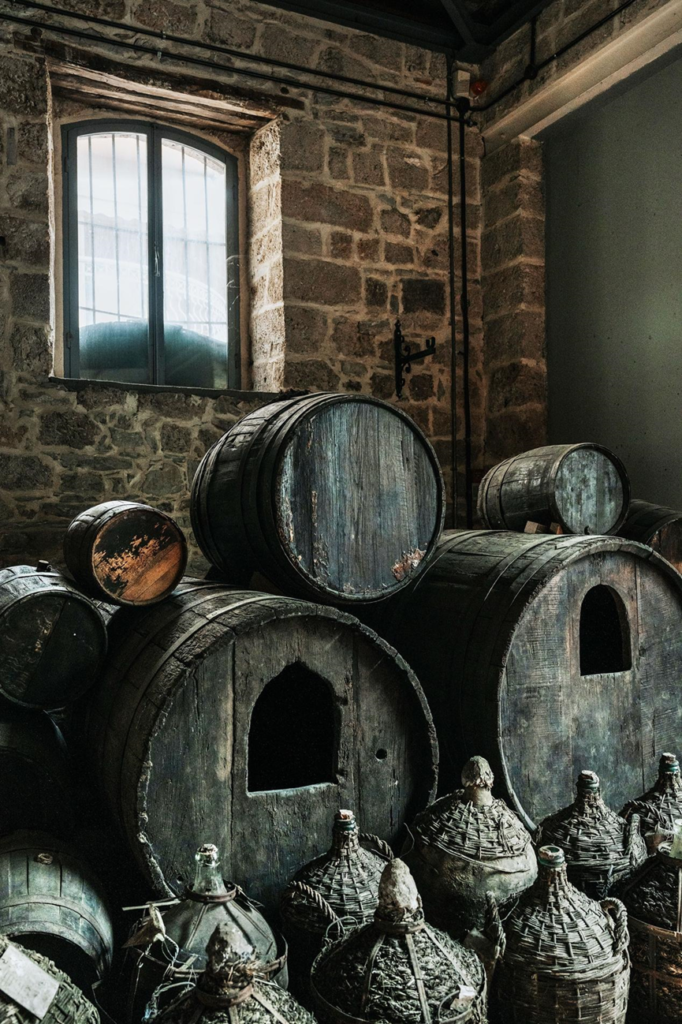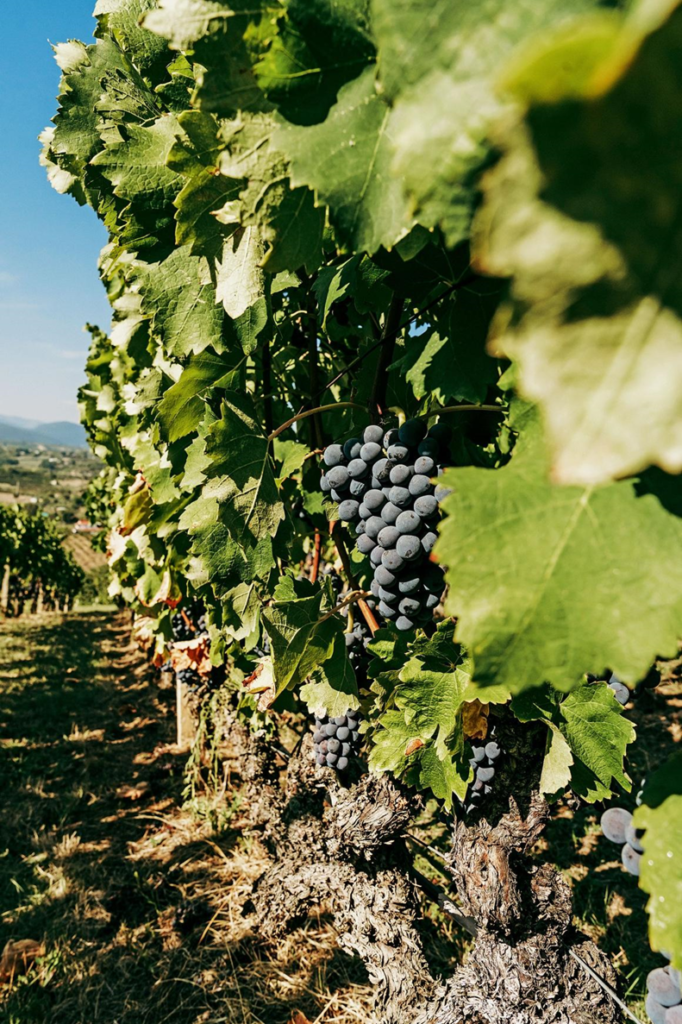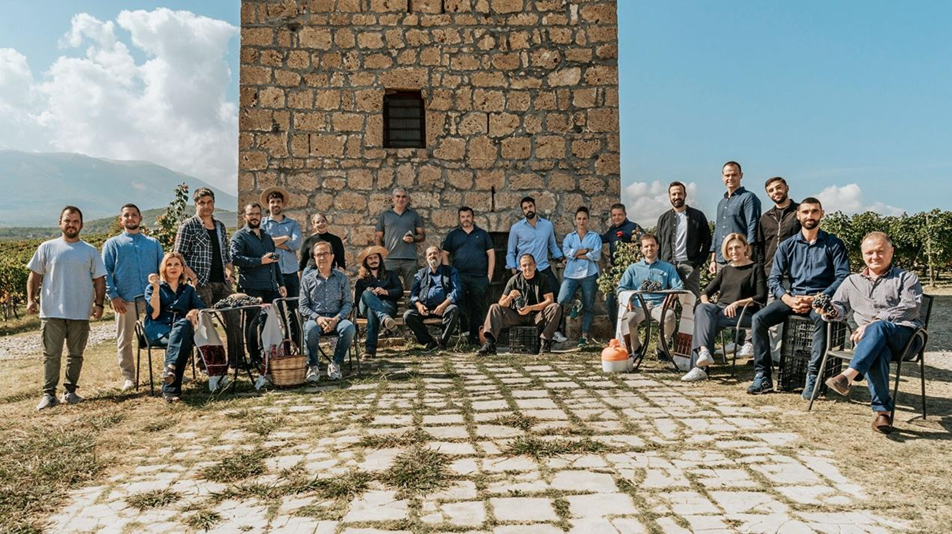In 1909, the legendary Lanaras Textile Factory was founded on the banks of the Arapitsa River for the production of yarn, which was operated with hydroelectric power. For the next twenty years the area flourished productively and economically, until the phylloxera of 1928 destroyed most of the vineyard. The 1930s and 1940s were marked by wars, a turbulent climate and political and economic instability. “My grandmother remembers her father trading with a Jew from Thessaloniki until just before 1940. It was in 1939 that he came to buy the family’s wine for the last time, giving a few pounds,” recounts third-generation winemaker Kostis Dalamaras.
In 1950, the industrialist Lanaras brought to Naoussa two Italian agronomists and arborists, the Vigato brothers, who found an outlet for agricultural production with apple growing. In the 1960s, only 500 hectares of vineyards remained. Then, the two grandsons of Ioannis Boutaris, Giannis and Konstantinos, took over the baton of the winery from their father Stelios and decided to invest in the vineyard, buying estates in Giannakochori, Imathia. Yannis envisioned to re-establish the legendary vineyard of the region, a decision that marked a new beginning. At the same time, under the guidance of Stavroula Kourakos-Dragon, who served as president of the International Organisation of Vine and Wine (OIV), Xinomavro prevailed in vineyards that had been field blends until then – that is, there were clones of Cabernet, Mavroudi, Mavrodaphne, Wafra and other varieties. In the same period, the first Greek Designations of Origin of Superior Quality were recognised.
In order for this to happen, there were three conditions: the zone had to have a wine tradition documented by written sources, there had to be families connected to the viticultural tradition and, finally, the wines had to be produced from grapes adapted for years to the environment, but also to be vinified within the zone in modern technology units. Thus, in Central Macedonia, Naoussa, Amyndeo, Goumenissa and Rapsani have been recognised.
“In 1976 most of the Xinomavro vines were planted again in Naoussa”, recounts winemaker Petros Karydas. In 1978, with the aim of exploiting the renewed vineyard of the zone, the new, ultra-modern Boutaris winery in Stenimacho, which remains the heart of the winery, was inaugurated. The 120-ton wine tanks are a testament to the size of the company. In the central bottling plant of all its wineries – five in total – many new labels were even created, which evolved Greek wine as a whole. Dozens of oenologists we know today from their long careers began their careers at the Boutari Winery in Naoussa, with Yannis Vogiatzis being its chief oenologist for forty years. In the 1990s, Boutari produced and marketed over one million bottles of Naoussa Xinomavro. Today, in its second basement, it has a remarkable wine library, a living archive of thousands of bottles from the 1960s to the present day, the oldest of which concern Naoussa wines. In these labels the great ageing potential of Xinomavro has been studied..
“In 1976 most of the Xinomavro vines were planted again in Naoussa”, recounts winemaker Petros Karydas. In 1978, with the aim of exploiting the renewed vineyard of the zone, the new, ultra-modern Boutaris winery in Stenimacho, which remains the heart of the winery, was inaugurated. The 120-ton wine tanks are a testament to the size of the company. In the central bottling plant of all its wineries – five in total – many new labels were even created, which evolved Greek wine as a whole. Dozens of oenologists we know today from their long careers began their careers at the Boutari Winery in Naoussa, with Yannis Vogiatzis being its chief oenologist for forty years. In the 1990s, Boutari produced and marketed over one million bottles of Naoussa Xinomavro. Today, in its second basement, it has a remarkable wine library, a living archive of thousands of bottles from the 1960s to the present day, the oldest of which concern Naoussa wines. In these labels the great ageing potential of Xinomavro has been studied.


